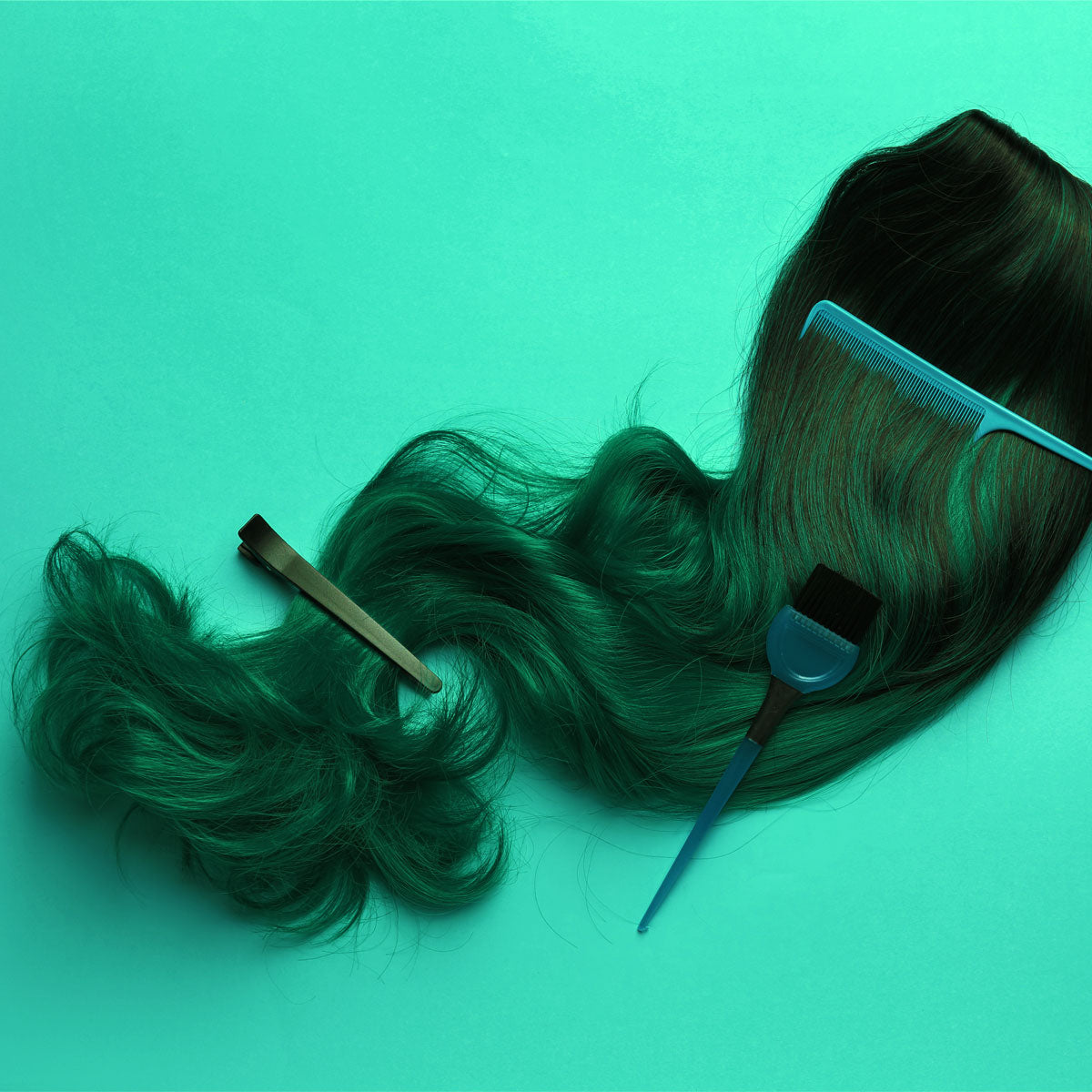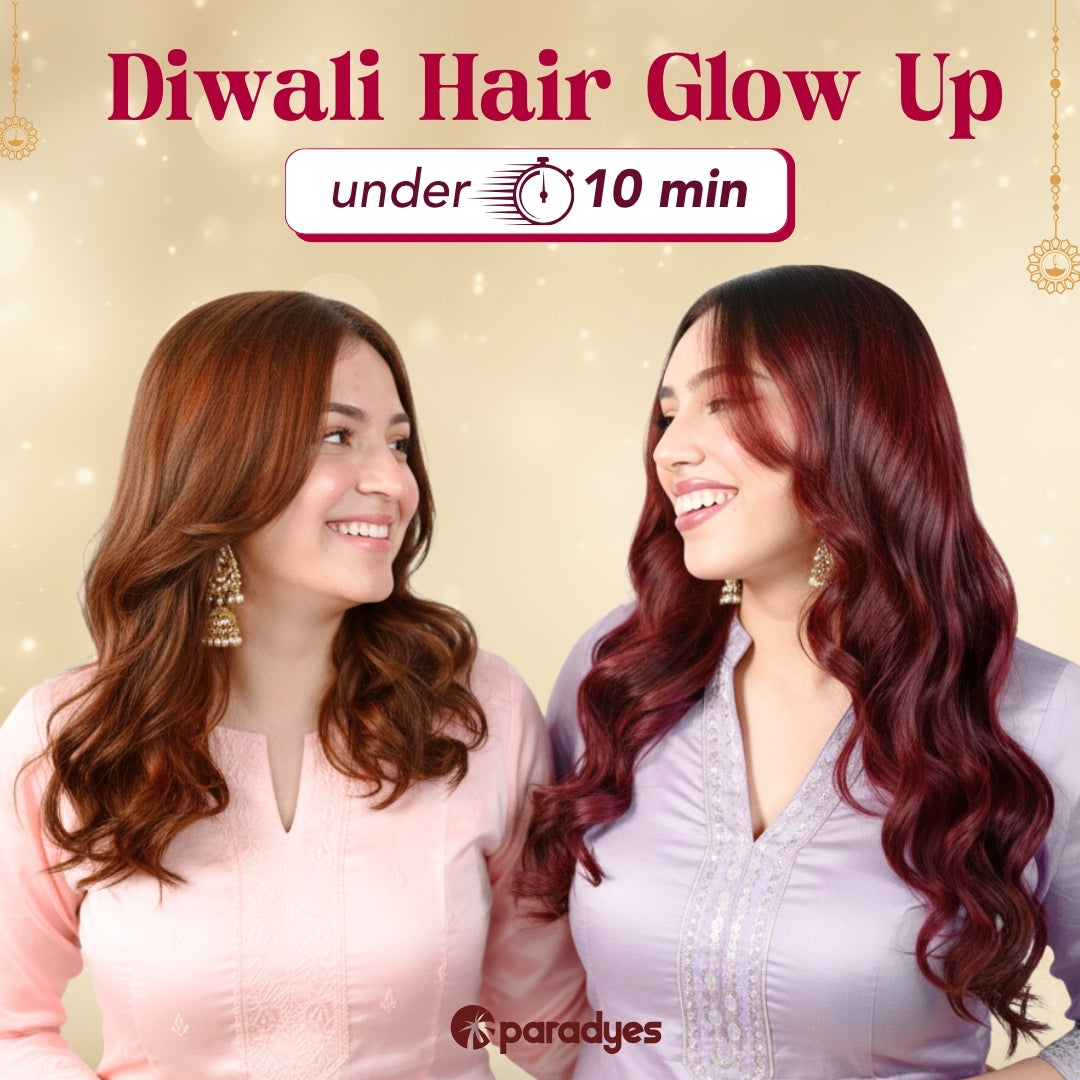Green today is largely associated with the planet, and the activism around climate change. The phrase ‘Go green’ instantly arouses sentiments surrounding ecological health, and quite reasonably so, given the current climate crisis. But the perception of green wasn’t always this, and has changed and evolved immensely through time. Found naturally in vegetation due to a chemical compound called chlorophyll, and made by mixing the primary shades of blue and yellow, the color green has a history as rich as its shades. Read on to find out more.
As the major color that early humans saw around them in nature, green has been embedded into our psyche as the color of nature - nourishing, soothing and supporting life itself. But it is interesting to note that this fresh, seemingly ‘healthy’ looking shade, also had a notorious reputation of being associated with toxicity or sickness, with many paintings, cartoons and even emojis depicting ‘sick’ people with a green face. This is primarily because initially when synthetic dyes began to be invented, the green hue wasn’t easy to manufacture, and often had very poisonous formulations.
In the ancient civilizations like Egypt and Rome, green dye was made from copper minerals, and used to paint a host of structures from walls to metal roofs to stained glass to sculptures, and was regarded highly as the symbol of life and renewal. In the Middle Ages and Renaissance, the color of a person’s clothing denoted his social rank - Green was worn by merchants and wealthy gentry, which is how green came to be associated with money- a definition that endures even today.
In 1775 Swedish chemist Carl Wilhelm Scheele invented a bright green hue formulated with a toxic chemical called arsenite. This hue, called Scheele’s Green, became vastly popular and by the end of the 19th century had replaced all vegetable and mineral alternatives. With reports of women in green dresses falling ill due to inhaling toxic fumes, or people in bright green rooms facing serious health issues, Scheele’s Green was promptly replaced by a similar shade called Paris Green, which turned out to be equally hazardous in nature. It is Paris Green that was used in most popular impressionist paintings, and was eventually banned in the 1960s.
It was possibly due to its hazardous chemical composition and various fatal side-effects that monks in the Middle Ages often depicted the Devil or a host of other fantastical creatures such as witches, goblins and elves in green - an association that has somewhat remained consistent in the modern world too - with popular media often depicting aliens as green-skinned. However, the fantasy association aside, green today is still largely associated with freshness, vitality and renewal, much like its definition in the Ancient Egyptian and Roman civilizations. As the chemical make-up of the green dye became non-toxic in the modern world, it has now emerged as a potent symbol of sustainability and the fight against climate change, and will continue to remain a global symbol in this regard.





